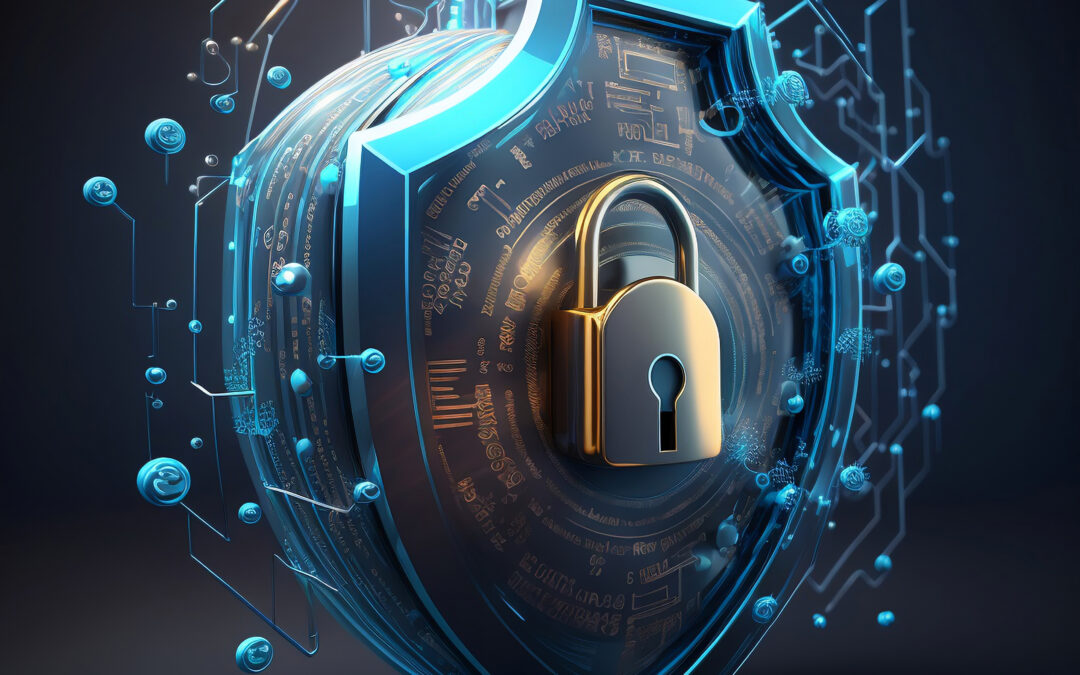
The Essential Role of Cybersecurity in Safeguarding Modern Enterprises
As businesses continue to embrace digital transformation, the importance of cybersecurity has never been more critical. In an era where cyber threats are becoming increasingly sophisticated, protecting your enterprise’s data, systems, and operations is paramount. Cybersecurity is no longer just an IT concern; it’s a fundamental aspect of business strategy that affects every level of the organization. This article explores the essential role of cybersecurity in modern enterprises and how businesses can build a robust defense against emerging threats.
Understanding the Cybersecurity Landscape
The cybersecurity landscape is continually evolving, with new threats emerging daily. From ransomware attacks and data breaches to phishing schemes and insider threats, businesses face a wide range of risks that can compromise their operations. The consequences of a cyberattack can be devastating, including financial loss, reputational damage, and regulatory penalties. As such, a proactive and comprehensive approach to cybersecurity is essential for any organization looking to safeguard its assets and maintain trust with customers and stakeholders.
Implementing the Risk Management Framework (RMF)
One of the most effective ways to manage cybersecurity risks is by implementing the Risk Management Framework (RMF). The RMF provides a structured approach to integrating security and risk management activities into the system development lifecycle. By categorizing information systems, selecting appropriate security controls, and continuously monitoring the effectiveness of those controls, the RMF ensures that your systems are protected against potential threats. This proactive approach not only helps to prevent cyberattacks but also ensures compliance with industry regulations.
Zero Trust: A New Paradigm in Cybersecurity
In response to the growing complexity of cyber threats, many organizations are adopting the Zero Trust security model. Unlike traditional security models that rely on perimeter defenses, Zero Trust assumes that threats can come from both inside and outside the organization. This model enforces strict access controls, requiring verification from all users and devices attempting to access resources, regardless of their location. By implementing Zero Trust, businesses can significantly reduce the risk of unauthorized access and protect critical assets from potential breaches.
Cybersecurity Engineering: Building Resilient Systems
Cybersecurity engineering plays a crucial role in designing and implementing systems that are resilient to cyber threats. This involves not only securing the architecture of new systems but also ensuring that existing systems are fortified against vulnerabilities. By integrating security into every stage of system development, from design to deployment, cybersecurity engineering helps to create robust systems that can withstand attacks and continue to operate even under adverse conditions.
Vulnerability Analysis and Penetration Testing
To stay ahead of cyber threats, businesses must regularly assess their systems for vulnerabilities. Vulnerability analysis and penetration testing are essential tools in this process. Vulnerability analysis involves identifying weaknesses in your systems that could be exploited by attackers, while penetration testing simulates real-world attacks to test the effectiveness of your defenses. By identifying and addressing vulnerabilities before they can be exploited, businesses can strengthen their security posture and reduce the likelihood of a successful cyberattack.
The Importance of Supply Chain Risk Management
In today’s interconnected world, the security of your supply chain is just as important as the security of your internal systems. Supply chain risk management involves assessing and managing the risks associated with third-party vendors and partners. This includes ensuring that all components and services provided by external sources meet your security standards. By managing these risks effectively, businesses can protect themselves from supply chain-related cyber threats, which have become increasingly common in recent years.
Developing Comprehensive Cybersecurity Policies and Procedures
A strong cybersecurity program requires more than just technology—it requires a clear set of policies and procedures that guide how security is managed across the organization. These policies should outline roles and responsibilities, define acceptable use, and provide guidelines for incident response and recovery. By developing and enforcing comprehensive cybersecurity policies, businesses can ensure that all employees understand their role in protecting the organization and are prepared to respond effectively in the event of a security incident.
Training and Awareness: Empowering Employees to Defend Against Threats
Employees are often the first line of defense against cyber threats, making training and awareness essential components of any cybersecurity strategy. Regular training programs should educate employees on the latest threats, best practices for data protection, and how to recognize and report suspicious activity. By empowering employees with the knowledge and tools they need to defend against cyber threats, businesses can significantly reduce the risk of human error leading to a security breach.
Conclusion: Cybersecurity as a Strategic Imperative
In today’s digital world, cybersecurity is not just an IT issue—it’s a strategic imperative that affects every aspect of business operations. By implementing robust security measures, from the Risk Management Framework to Zero Trust and beyond, businesses can protect themselves against the growing threat of cyberattacks. Moreover, by fostering a culture of security awareness and preparedness, organizations can ensure that they are not only defending against today’s threats but are also prepared for the challenges of tomorrow.
Investing in cybersecurity is investing in the future of your business. As the threat landscape continues to evolve, staying ahead of potential risks is key to maintaining the trust of your customers, partners, and stakeholders. The time to act is now—before a cyberattack forces your hand.